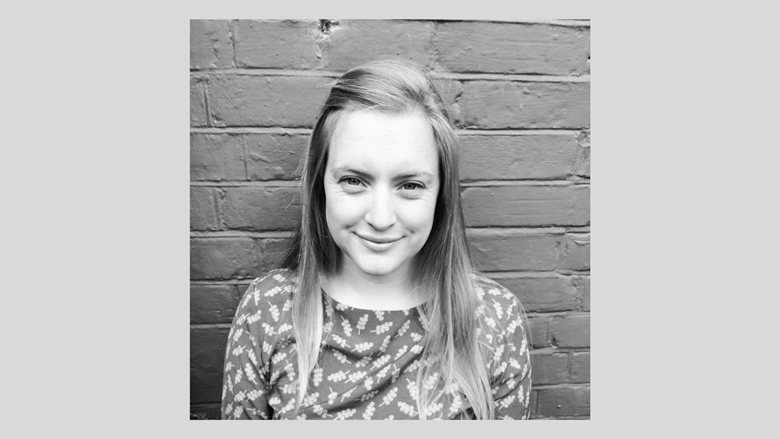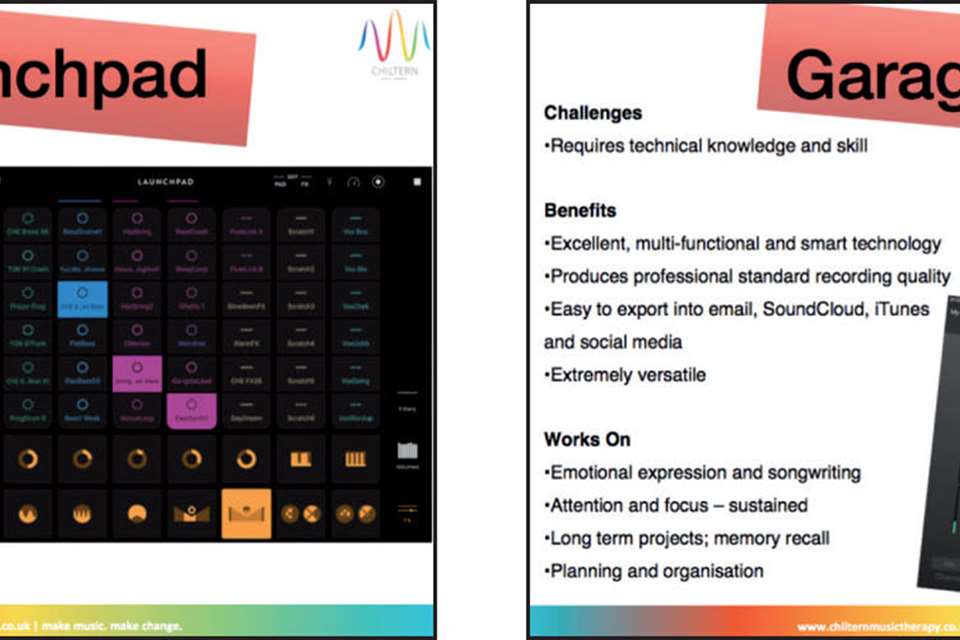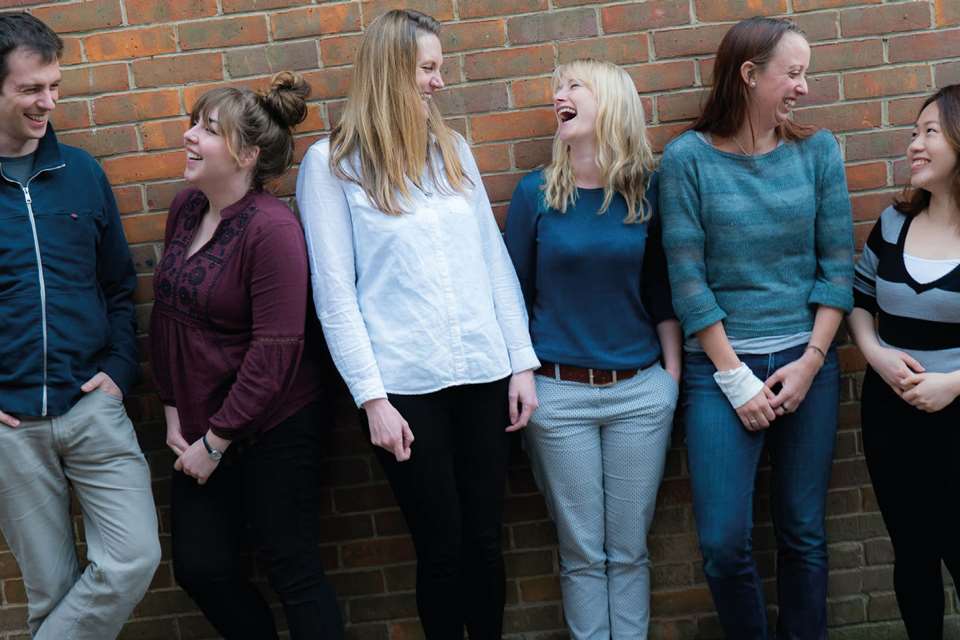Q&A: Christina Lydon
Amrit Virdi
Thursday, February 1, 2024
Music therapist Christina Lydon works with Early Years pupils to ensure they have the best start in life, developing their confidence, communication and social skills. MT’s Amrit Virdi finds out more.

Christina Lydon
AV: What was your route into music therapy?
CL: I had always studied music growing up, and I worked in different, related areas until I qualified in 2007. At that point, you had to be 25 to start the music therapy course, so that you had gained life experience and done clinical training, though there is no age restriction now. I had worked as a support assistant on a psychiatric ward, a teaching assistant in a special needs school and I also worked with adults with learning disabilities. I then worked in Hampshire with the charity Key Changes before starting my training course at the University of Roehampton.
I currently work at Chelsea and Westminster Hospital in their child development service in London, alongside doing freelance work in nurseries, children’s centres and schools, particularly through the organisation School Readiness. There is a handful of training courses in the UK. Alongside clinical experience, the key thing you need is musical skill and the ability to improvise in order to respond to children’s interactions, whether that’s verbally or by using instruments.
AV: How can music therapy be individualised to children?
CL: Most of my freelance work began with me working with mixed cohorts of Early Years children, some with additional needs and some without. Depending on the child’s needs, looking at how their emerging communication skills could be developed is a key element. For example, if a child is waiting for an assessment for autism, their listening skills, focus and attention can be built upon for them to speak eventually. For other children who may have very complex needs after missing out on core development from being in hospital for months after birth, music therapy can offer emotional support for a family and an opportunity for a child-led therapy approach, going at their own pace.
AV: When at nurseries or children’s centres, how do you integrate your approach with the staff’s?
CL: We link up with the nursery managers and think together about particular children who might benefit from music therapy to develop their skills for when they start school. Music therapy offers a clinical space to develop children’s confidence and social skills, particularly after the Covid-19 pandemic. As music therapists cover areas of child development and pathology from a clinical background learnt in our training, it gives nurseries a different type of musical lens to look through to support children.
We also run sessions in smaller groups to give children an opportunity to work on their skills. And then we involve staff at the settings we work at so they will see children interact, respond or choose in ways that are different to how they would in the larger nursery group. We try to have the same nursery staff member there every week. It’s so valuable having the expertise of nursery staff and building a good relationship with them. As a child is only in a session for 30 minutes a week, for developing interactions it’s important to involve staff and parents. Encouraging staff and parents to incorporate music therapy techniques throughout the week is helpful.
AV: What does music therapy typically look like in Early Years settings?
CL: Particularly in nursery settings, we have more of a structure, involving a hello and goodbye song to signal the start and the end. I also use symbols to support communication; for example, I use two different symbols to indicate two nursery rhymes and allow the child to point at one to decide which one to sing. But it’s about attuning to that individual, and that process of building a musical relationship and following that child’s lead, based on where they are developmentally. So you wouldn’t force a child to sing the whole song if they aren’t focused; you would concentrate on the verses they show interest in.
I also use props or Makaton signing to practise their fine motor-skills and communication in different, physical ways. But as long as a child is safe and making music, even if that’s picking up a beater and tapping a chair, that’s fine. There’s no right or wrong way.




